
Your Frizz Isn’t Dryness — It’s Over-Conditioned
Most people describe their curls as dry, but what you’re seeing might not be dryness at all.Soft frizz, limp curls, dullness, and lack of definition
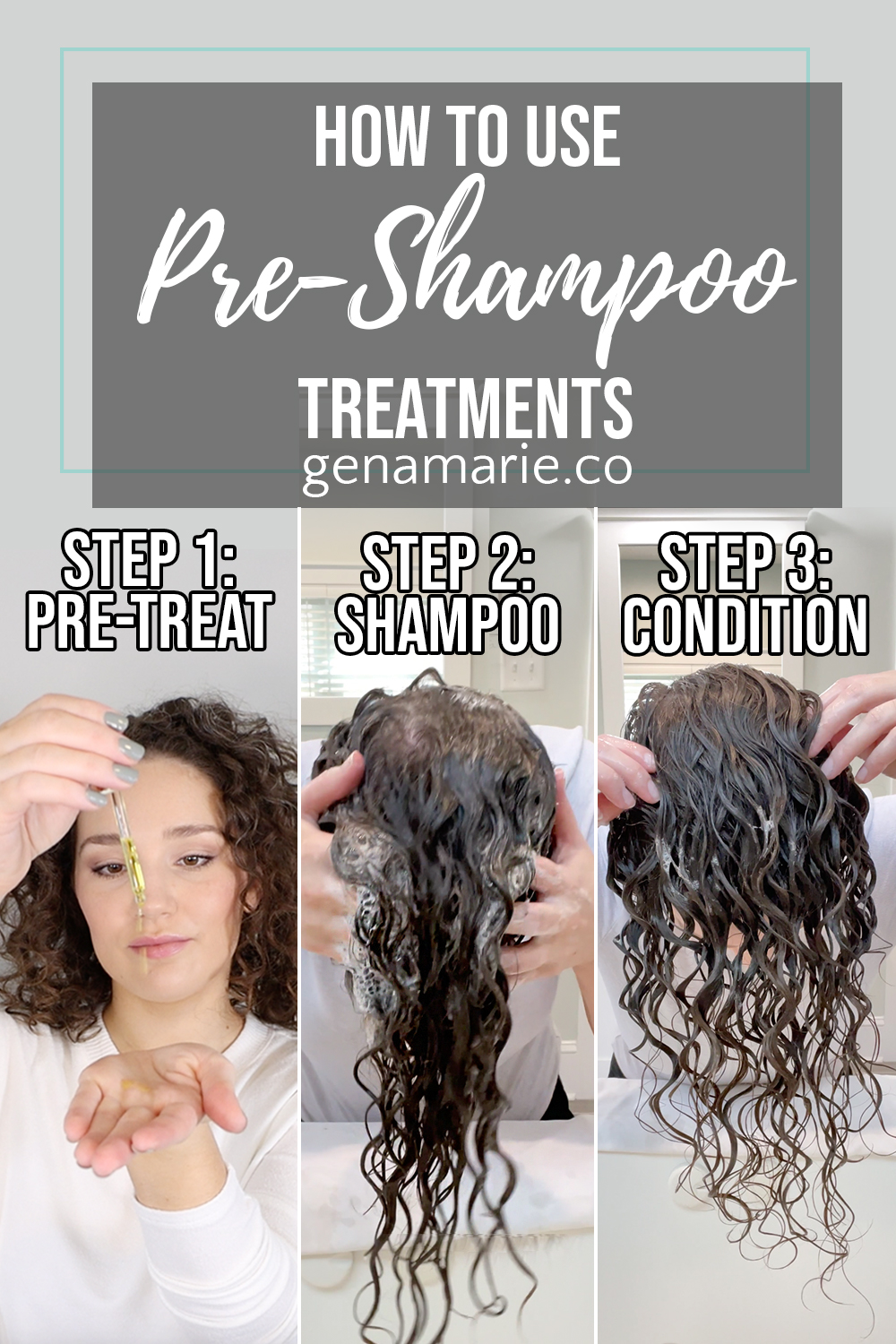
When you go to wash your hair, do you usually start with shampoo? This is the most common way to wash our hair, but did you know it may be causing unnecessary breakage and damage to your hair, especially if you have fragile naturally curly hair?
I’m sharing why you should be using a pre-shampoo treatment, and showing you options such as oil, conditioner, and primers.
A pre-shampoo treatment is done before you use some type of conditioning or penetrating product. This can be an oil that can penetrate such as coconut oil, a conditioner, or a primer.
Adding in a pre-shampoo step to your routine will prevent damage to your hair during washing and detangling. Protected, healthy hair is shiny, strong, and not dry or brittle.
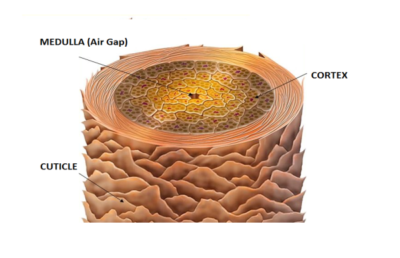
The outermost layer of our hair is the cuticle, which protects the inner layers of our hair. When our hair gets wet, it swells, which makes it weaker and susceptible to damage. Wet hair is more fragile than dry hair.
Additionally, our cuticle layer becomes damaged by regular wear and tear such as friction, detangling, and the sun, but can also become severely damaged by using heat or bleaching your hair.
When the cuticle becomes damage, it gets cracks or holes in the cuticle, making it weak and susceptible to protein and moisture loss, especially when it becomes wet.
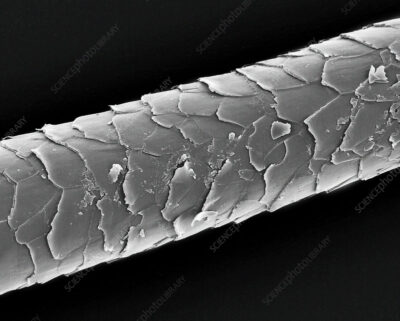
Look for an oil that contains coconut oil or coconut-derived ingredients such as “Coco-Caprylate/Caprate.” Coconut oil is one of the only oils that has been proven through research to protect the hair’s cuticle. Read more on that here.
Step 1: Apply oil to dry hair in sections. Detangle with fingers. Let it sit for 5 minutes minimum, ideally longer.
Step 2: Shampoo or clarify
Step 3: Condition or deep condition
The oils below are some of my favorites because they absorb quickly, so I don’t have to wait for them to soak in very long before shampooing.
Any conditioner or deep conditioner can be used to pre-treat the hair prior to shampooing.
Step 1: Apply conditioner or deep conditioner to wet hair. Detangle with fingers. Rinse lightly.
Step 2: Shampoo or clarify
Step 3: Condition or deep condition
Primers are products that are designed to be used before shampoo. The TreLuxe one featured below can be used before styling or when refreshing as well.
Step 1: Apply conditioner or deep conditioner to wet hair. Detangle with fingers. Rinse lightly.
Step 2: Shampoo or clarify
Step 3: Condition or deep condition
Faster detangling wet hair with a brush does not mean it’s better. This just means you’re breaking your hair and ripping through tangles and you can’t tell. When your hair is dry and you’re using your hands, you will feel and breaks.
If you have damaged hair and would like to repair it and prevent future breakage, check out my recent video comparing protein treatments to bond-repairing treatments to determine which is best for you.


Most people describe their curls as dry, but what you’re seeing might not be dryness at all.Soft frizz, limp curls, dullness, and lack of definition
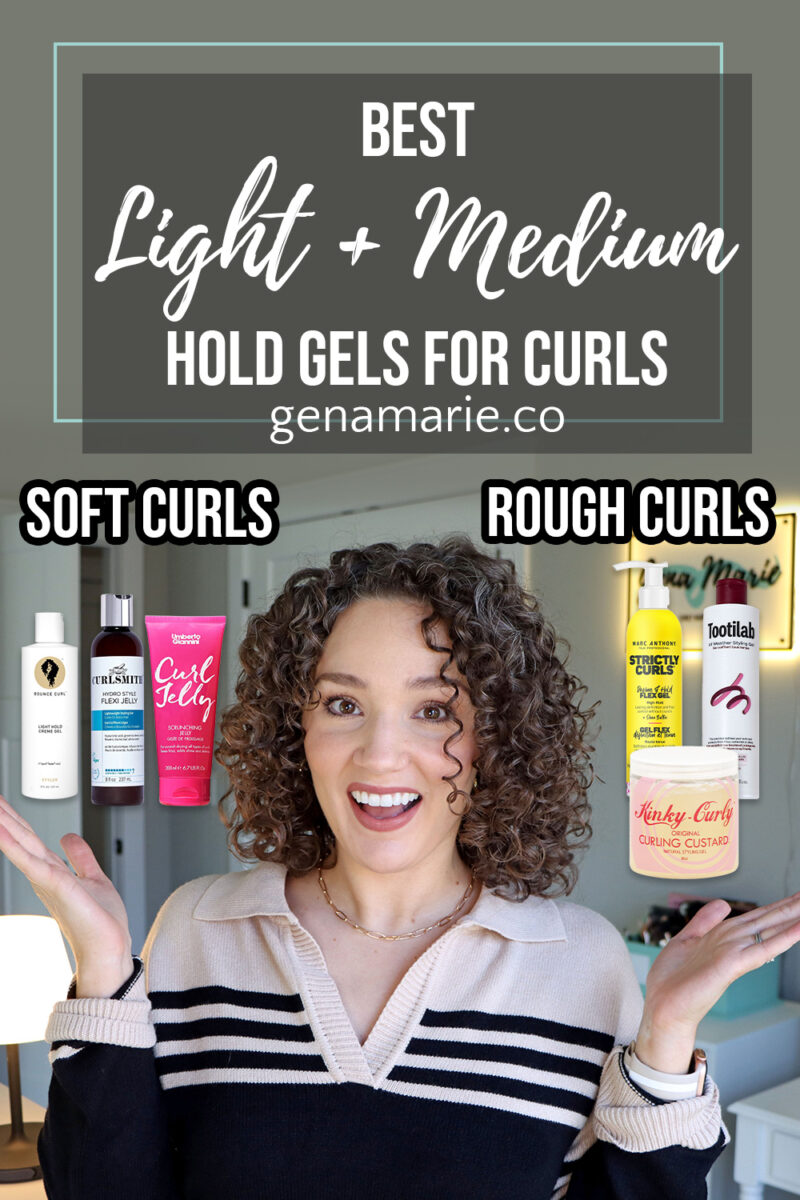
Light and medium-hold gels are one of the biggest categories out there — and honestly, most of them don’t work. I’ve tested hundreds of gels.
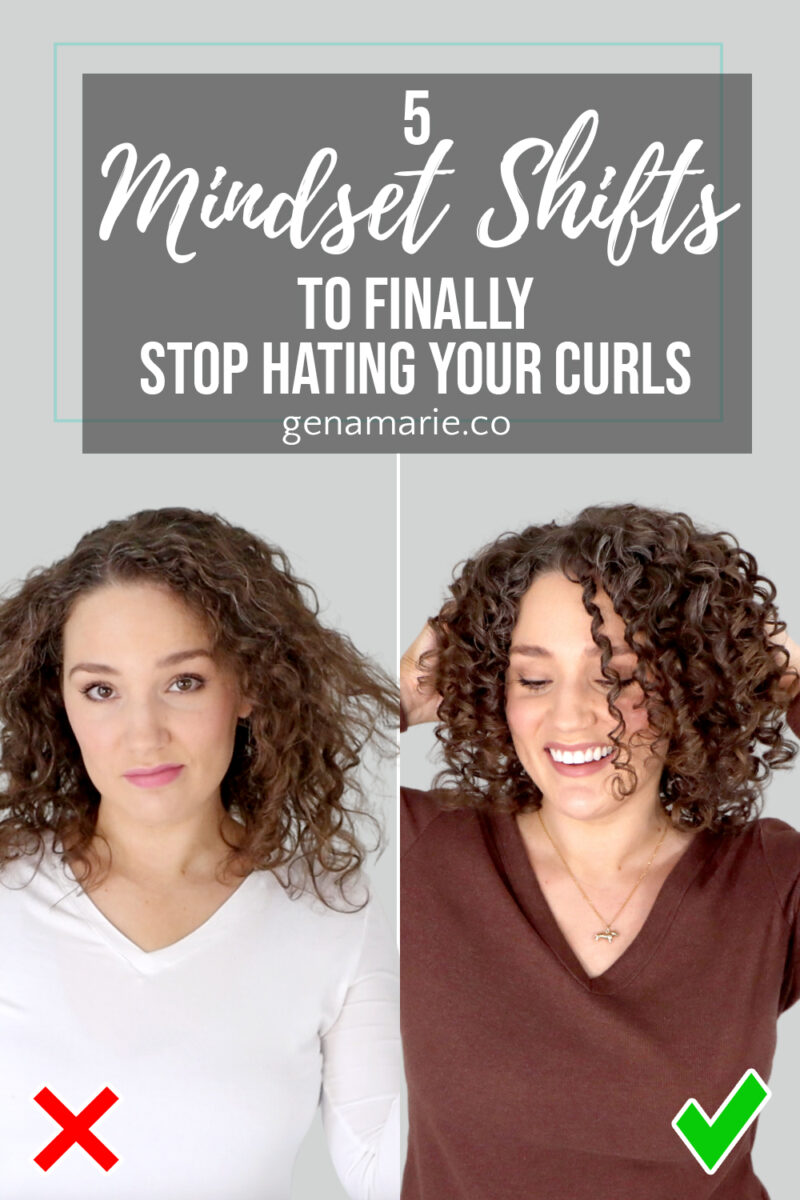
If you’ve ever felt frustrated with your hair or caught yourself thinking, “I just have bad hair,” “Nothing ever works for me,” or “My curls
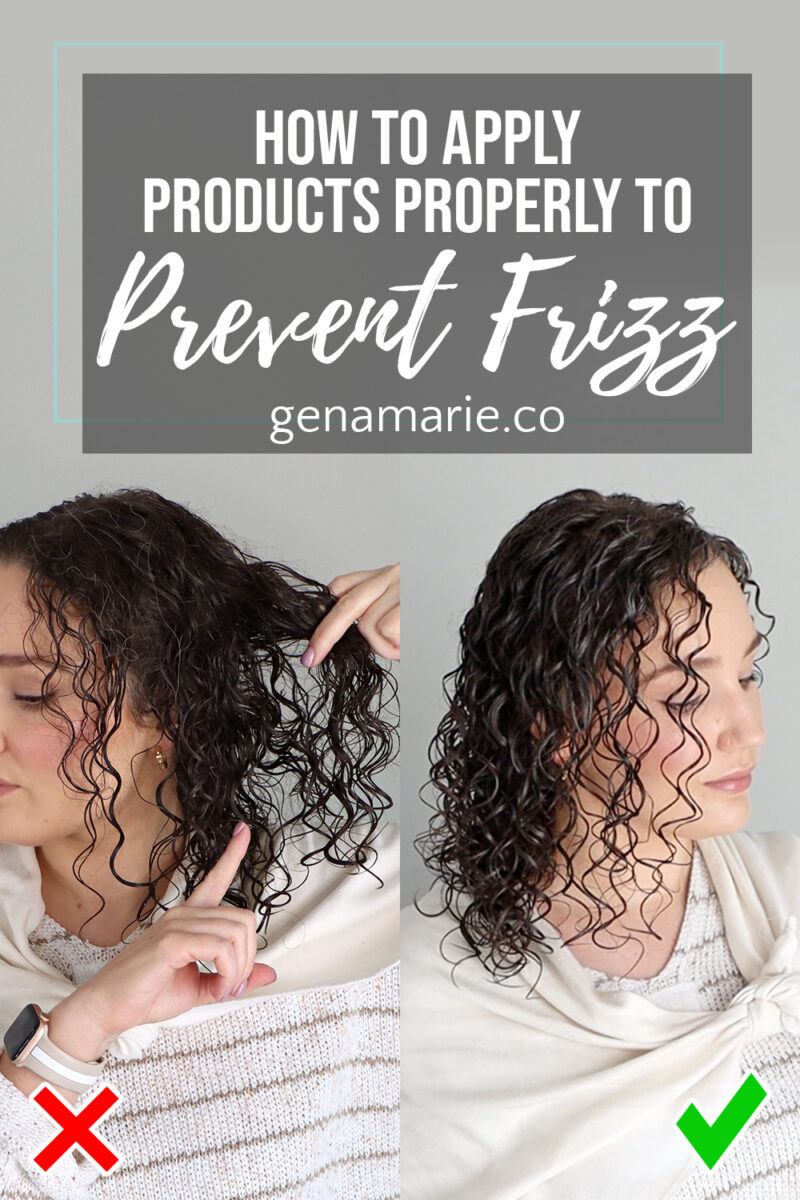
If you’re still getting frizz even though you’ve tried so many products, the issue may not be the products at all — it might be